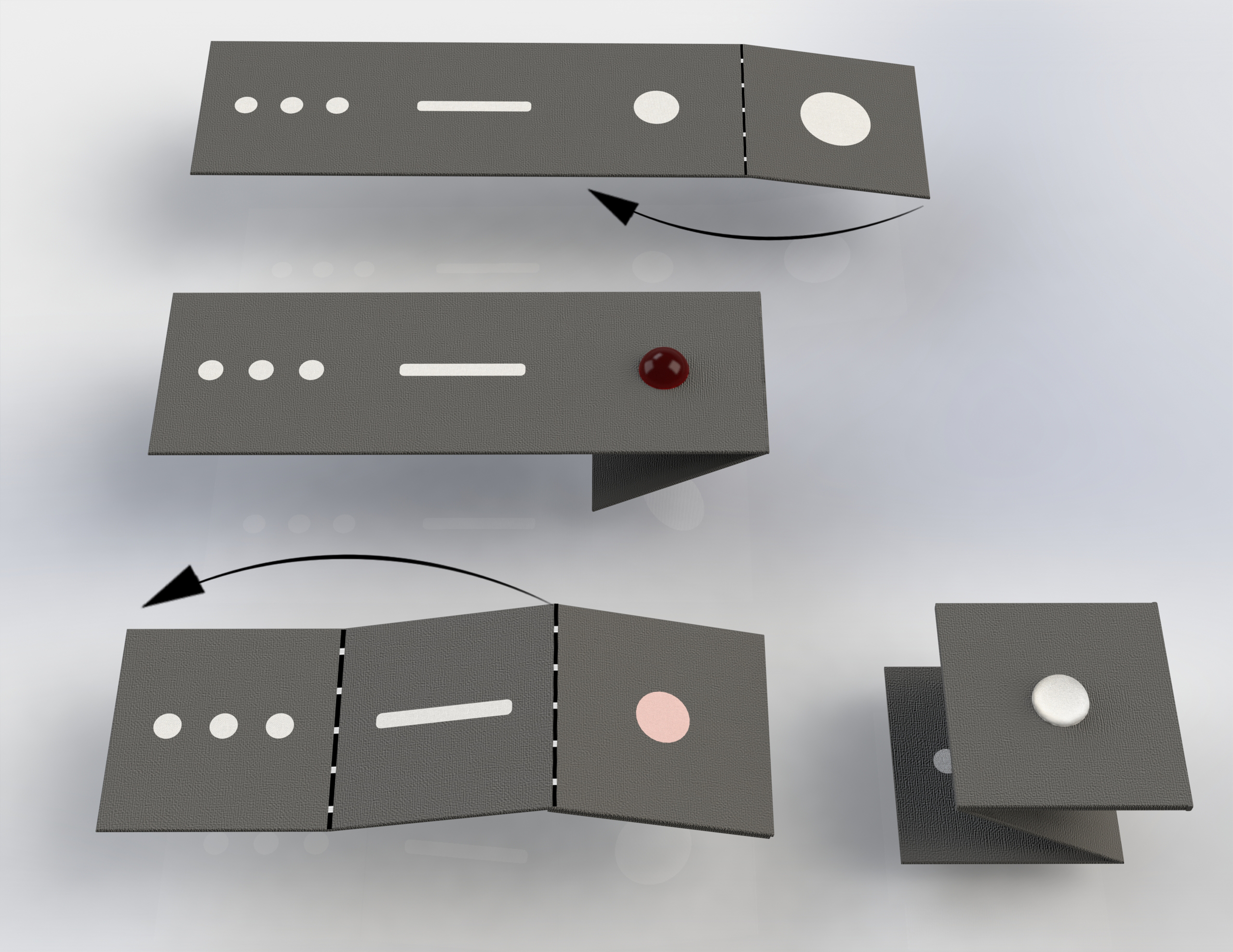Origami-inspired malaria field test performs similarly to PCR

A low-cost, DNA-based paper field test inspired by the art of origami was able to rapidly diagnose malaria species in Ugandan school children and performed similarly compared with laboratory-based real-time PCR, according to research presented in Proceedings of the National Academy of Sciences of the United States of America.
The 2018 WHO World Malaria Report noted that global progress against malaria has “stalled,” with the number of cases rising from 217 million in 2016 to 219 million in 2017.
It also highlighted “the need for species-specific diagnostics before treatment,” Jonathan M. Cooper, FREng, FRSE, the Wolfson Chair of Bioengineering at the University of Glasgow, told Infectious Disease News.
In their newly published paper, Cooper and colleagues wrote that existing field tests for many infections, including malaria, “are not reliable, and new strategies are now needed to deliver effective diagnostics to reduce the burden of disease.”

For their study, they created a paper-based device using an origami design that prepares blood samples for loop-mediated isothermal amplification (LAMP), which is more readily available in the field than PCR, according to a news release.
Cooper explained that “folding paper introduces simple valving, enabling complex sample processing to be performed.”
“Blood from a fingerprick is added to the device, and through a series of folds, the sample, including the parasite’s cells, are lysed before the microbe’s DNA is amplified through an isothermal process,” he said. “The presence of microbial DNA is detected on a lateral flow assay — using a second strip of paper. The presence of microbial DNA is seen by the eye.”
The researchers tested the paper-based technology at village schools in Uganda, where individual diagnoses were completed in less than 50 minutes — faster than standard laboratory PCR, Cooper and colleagues noted.
The tests were found to be highly specific and sensitive, and they detected malaria in 98% of infected people in the double-blind study, the researchers reported.
“Our method was more sensitive than other field-based, benchmark techniques, including optimal microscopy and industry standard rapid immunodiagnostic tests, both performed by experienced local health care teams, (which detected malaria in 86% and 83% of cases, respectively),” they wrote.
Cooper and colleagues used real-time double-blinded reference PCR test to independently validate the assays.
“It is the first time point-of-need low-cost DNA diagnostics have been carried out in underserved low-resource communities,” Cooper said. – by Bruce Thiel
Disclosures: The authors report no relevant financial disclosures.
